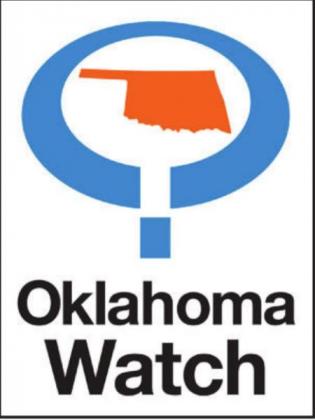The day she realized her daughter was missing, Ida Beard’s mother went to the police.
It isn’t a crime for someone to leave town if they want to, officers said. Maybe she’ll come back, she was told.
She never did.
According to family members, they reported her missing in late June of 2015, but the El Reno Police did not open an investigation and start searching for Beard, a citizen of the Cheyenne and Arapaho tribes, until two weeks later. According to El Reno Police, her case was opened on July 15. During that two-week window, family members started asking friends and neighbors if they had seen Beard.
A new law that goes into effect this week aims to give the state’s Native American families like Beard’s a more coordinated pursuit of justice.
Ida’s Law, named for the mother of four who was 29 years old when she went missing, prompted changes within the state’s top law enforcement agency. An agent now tracks and investigates cases of missing and murdered indigenous Oklahomans. A victim advocate now supports their families.
But progress will be slow due to a lack of funding.
And because crimes against Native Americans often go unreported, the number of cases involving indigenous Oklahoma is unknown. Recent estimates show that at least 220 Native American Oklahomans are missing.
How Ida’s Law Came To Be
Senate bill 172 was signed into law in April to help knock down some of the hurdles Native families face when their loved ones are murdered or go missing. The law requires the Oklahoma State Bureau of Investigation to secure federal funding to establish an office of liaison and create a database to keep up with these cases.
Families are uncertain whether to report these cases to local police, tribal law enforcement or federal authorities. Now, families can report directly to the state’s Office of Liaison for Missing and Murdered Indigenous Persons.
Ida Beard’s cousin LaRenda Morgan, who is also the Governmental Affairs Officer for the Cheyenne and Arapaho tribes, worked with State Rep. Mickey Dollens, D-Oklahoma City, and State Sen. Paul Rosino, R-Oklahoma City on the legislation.
In 2018, Morgan ran against Dollens for a seat in the House of Representatives. Though Morgan lost, the two stayed in touch. For three years after Beard’s disappearance, Morgan shared her cousin’s missing persons flyer on social media.
Dollens asked what he could do to help after seeing one of Morgan’s posts. They spent the next two years drafting legislation.
There is no accurate count of missing and murdered indigenous people — more specifically with women — anywhere in the country, according to a study by the Urban Indian Health Institute. For instance, the study cited 5,712 reports of missing and murdered indigenous women as of 2016. Only 116 were reported to the Department of Justice.
Complicating factors include confusion about whose jurisdiction the missing cases fall under, a lack of trust between indigenous families and police, and misclassification of the missing person.
The new database required by the law is designed to properly document those who go missing while the agent acting as the liaison will start investigating the cases and meeting with tribes.
Ida’s Law comes into effect just two months after travel influencer Gabby Petito’s case captivated the nation. Petito’s fiance returned alone to their Florida home from the couple’s cross-country van trip, then disappeared days after Petito’s family reported her missing. Her remains were found in a national park. Authorities deemed strangulation as her cause of death. Remains matching her fiance’s dental records later were found in a Florida park.
The story sparked debate about how news outlets focus coverage on missing white women while oftentimes not giving women of color the same spotlight and energy.
Oklahoma Watch is a nonprofit, nonpartisan media organization that produces in-depth and investigative journalism on a range of public-policy issues facing the state. For more Oklahoma Watch content, go to www.oklahomawatch.org.

